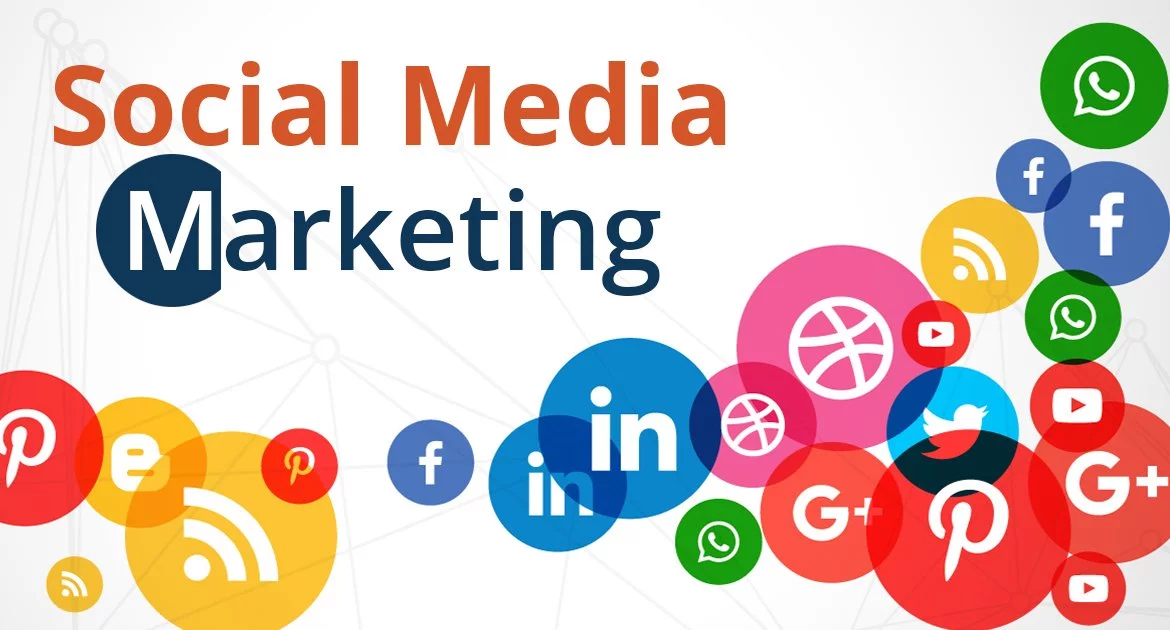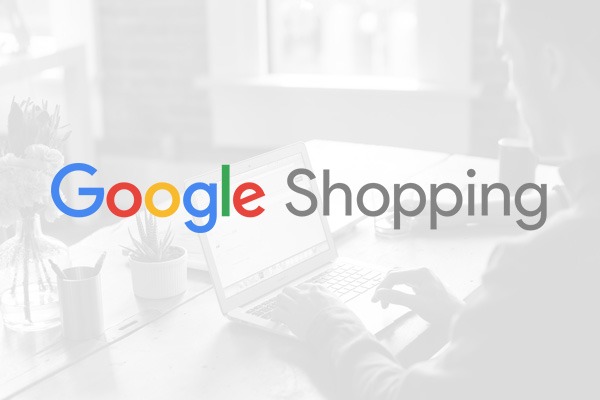In less than 20 years of the Internet's history, advertising tools have achieved unprecedented accuracy. If we used to be bothered by intrusive flashing ads for things we didn't need, now companies are pursuing on social media and websites those customers who have already been interested in their products but haven't made a purchase.
In addition, social networks offer us ads based on what we have liked and read before. In this article, you will learn about how online advertising hits the target and why it doesn't always do so.
All promotional materials that a user sees can be divided into three broad groups:
- flashing text ads in search results
- media and contextual banners
- advertising posts on social media.
Except for the stationary banners that partner companies place on their resources to support each other, all other ads are created with the audience in mind.
Google, for example, makes money by allowing advertisers to display their products, prices, and product descriptions right below the search bar when a user enters a specific query.
In order to set up any of these online advertising campaigns, you need to choose to whom and when your ads will be shown. The process of dividing a wide audience into target groups of potential buyers is called targeting (from the English target - "target", "goal"). Brands benefit if the right person sees the promotion, and their customers benefit if they receive offers that are relevant to them.
How to social networks are watching us
The most accurate advertising targeting is set up on social media. The point is that contextual advertising in the form of banners, text blocks, and dynamic remarketing receive data from computer or phone cookies. Roughly speaking, when you go to sitesThe user's browser sends a password (unique identifier) to the server, which is seen and remembered by the ad networks. Using this code, they then find their own users - those who have already been interested in fishing rods, for example - and offer them additional products on any website.
Social networks However, they have a serious advantage. Not only that, but their agents are also lurking on almost any resource. The Facebook icon, for example, has a built-in pixel that records the entire history of each user's browsing history in their profile, and you don't have to repost it - just visit the page. The most important bonus is the information that account holders share about themselves. Facebook's tools allow you to create detailed (read: targeted) advertising campaigns, ads from which will appear in the feeds of the audience interested in the brand.
The data collected by the pixel, likes, reposts of the user are recorded in the person's social profile. From this amount of information, marketers create targeting using the Power Editor program inside Facebook. In special fields, they customize the campaign: choose the gender, age of the potential buyer, specify geographic features, interests, and behavioral factors. Similar to size and color filters on a clothing store website, the system identifies account holders who will see the campaign in a couple of hours.
Let's say a sushi bar chain wants people who have recently been interested in Japanese cuisine and are within a kilometer of a certain restaurant to learn about the "Second portion of rolls for free" promotion. The marketer selects all the necessary categories in the program, creates 40-50 different ads with texts, images, or videos, and uploads them to Power Editor. Then the system independently chooses what to show to which of the target audience. For example, cat lovers will see a happy Japanese cat offering sashimi and an address, while busy accountants will see a laconic image with an inscription like: "Albina, 40. Lunch from 13:00 to 15:00. A portion of rolls as a gift".
Facebook also remembers any physical actions of its users. Its tools analyze, among other things, scrolling pauses, touching an image on the touchscreen, and the time spent reading one message. All the ads we see on the social network, as conceived by Zuckerberg's programmers, are similar to the posts that we or our friends like to watch and read. The same laws apply to Instagram; other social networks are trying to follow suit and are gradually catching up.
As unlikely as it may sound, Facebook is fighting to make advertising unobtrusive and relevant to users. Posts to which account holders actively and positively respond to are ranked higher in the feed and appear more often.
Brands set up campaigns in the same category at the same time, for similar target audiences, so when the right user scrolls through the feed, an instant auction takes place among the creators of advertising posts. Facebook uses about 160 parameters to select the most suitable ad, even if all the bidders in the auction have made the same payment bids.
At the same time, targeting allows experienced marketers not only to only bypass competitors, but also guess user requests. For example, when a married woman who frequently views posts about cars and accessories, adds the "Children" column to her profile, she starts seeing ads for car seats for children from 0 to 12 months.
In the US, by the way, Facebook already determines a person's income based on data from its partners - online payment services. In addition, stores can upload customer databases to the system, and it will provide a similar audience of users who have not yet bought from this seller.









